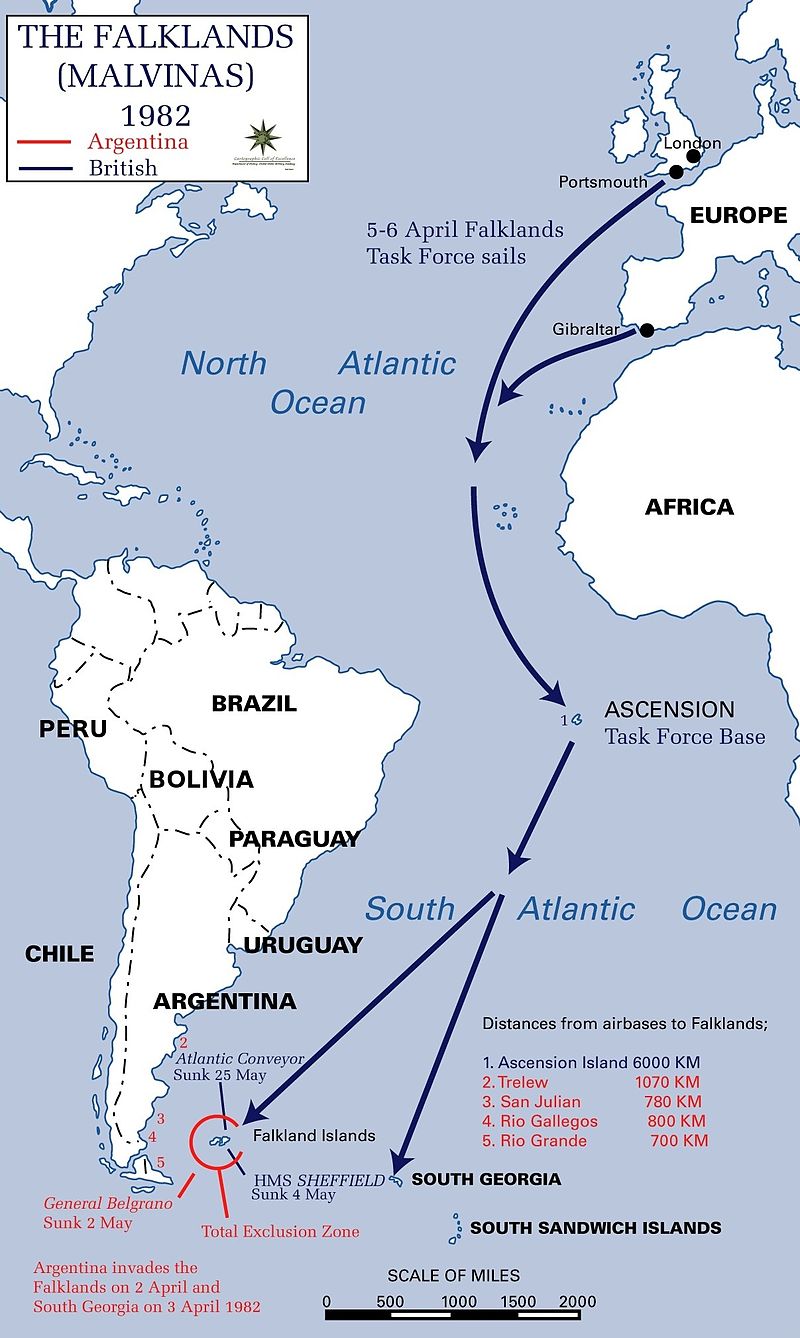In being future ready, 17th Sustainment Brigade (17 Sust Bde) used the Forces Command Reading List 2020-21 to provide insights into how we support the Australian Amphibious Force. In his 2014 book, Logistics in the Falklands War: A Case study in Expeditionary Warfare, Major General Kenneth Privratsky recounts the endeavours of logisticians in the Falklands Campaign. Privatsky’s examination of the British amphibious landing at San Carlos in May 1982, provides valuable insight into the logistical risks and opportunities present when supplying and sustaining operations over immense distances. Using this case study, the key risk to Australian amphibious operations is its limited shipping capacity, while opportunities lie in preparing for lodgement, health support plans, and Command and Control (C2).

- Shipping capacity – The British had a run-down amphibious fleet and were required to bolster their fleet with civilian vessels. Additional risk regarding security, communications, unloading capability and resupply was borne by the British, with mixed outcomes. Australia’s amphibious-capable fleet is limited to just three ships, HMAS Canberra, Adelaide and Choules, so these risks require consideration if Australia were to undertake similar amphibious operations.
- Preparation for lodgement – Reconnaissance for logistics siting and beachhead access is as critical as the tactical lodgement recon. For example, Ajax Bay was the identified location for the Brigade Maintenance Area location; however, only provided a single access point, was inaccessible by mexifloats at low tide, and had limited storage space ashore. This oversight meant logistics constrained freedom of movement, rather than enabling it.
- Health Support Plans – A combination of ship and land based surgical facilities in amphibious operations provides an opportunity to utilise each other’s strengths. The hospital ships Canberra and Uganda, were initially redundant due to their vulnerability to air attacks, and this inability to backload casualties constrained tempo. Allocating small health assets to Units, and having a land-based R2E as an interim surgical facility, could provide manoeuvre elements greater flexibility regarding health support and add to operational force preservation measures.
- C2 Disruption – The extensive lines of communication, no synchronisation of joint communications, and insufficient equipment for the individual units each contributed significantly to the disordered British lodgement. Army’s Amphibious Beach Team’s Communications and Information Systems (CIS), when deployed within the Naval platforms, address many of the synchronisation challenges. Nevertheless, units’ familiarity with their CIS requires ongoing training and development. Conducting lodgement drills and testing the CIS networks from ship to shore in joint training opportunities is therefore considered essential.
Logistic support is often seen as a ‘ball and chain’ to the tactical plan. Privratsky describes a situation where, when properly enabled, a logistic effect can add tempo to a force’s operations. The establishment of a ship-to-shore pipeline and Bulk Fuel Installation system reduced risk to aircraft while refuelling, but also lessened the transit time of aircraft conducting close air support, enhancing the freedom and pace of movement for land forces. In addition to noting the risk and opportunities, force-level logistic planners should look for similar opportunities to create logistic effects that enable tempo rather than constrain it.
Thank you to 1 CHB, 2 FSB, 2 GHB, 9 FSB, 10 FSB and 145 SIG SQN for their contributions to this article. For further information on the Falklands Campaign, please see the links below:









